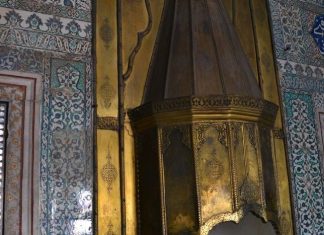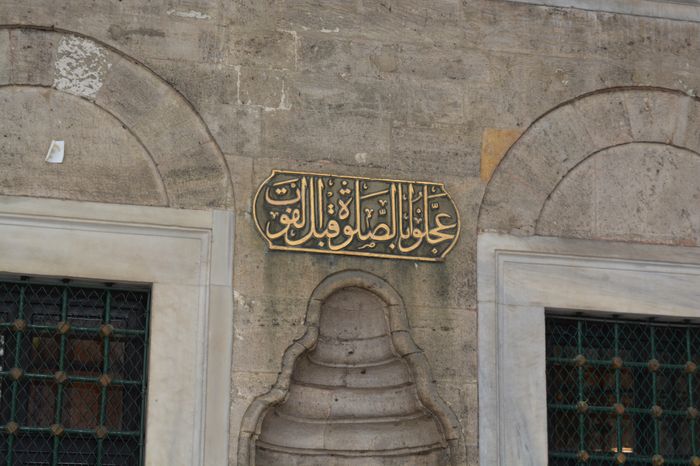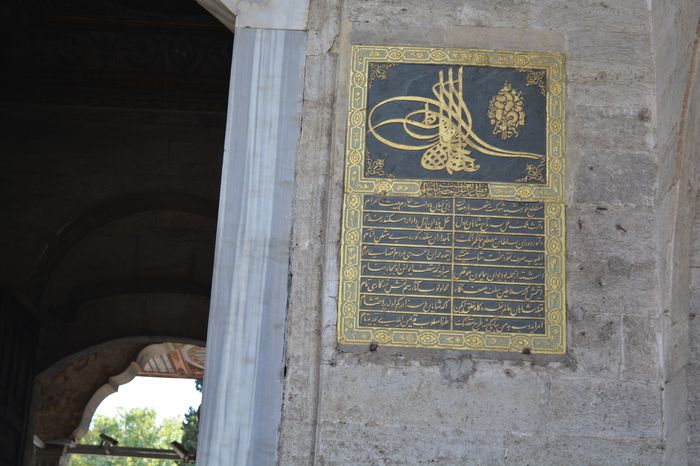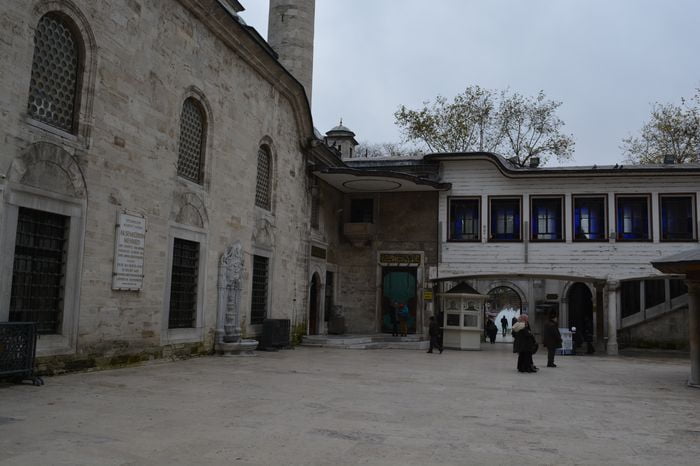Sepiolite, also known as meerschaum, is a soft, white mineral made of magnesium and silicon. Its chemical formula is Mg₄Si₆O₁₅(OH)₂·6H₂O. It usually appears as small particles, fibers, or in solid blocks. This mineral is opaque and its color can be white, cream, or light gray. When broken, it has a fine or uneven surface, and sometimes a fibrous texture (see Fig. 3).
Sepiolite is typically found in sedimentary rocks, especially those formed with carbonates and evaporites. In Turkey, it also forms through a different process called hydrothermal alteration. This happens in Kıbrısçık (Bolu), where hot fluids altered volcanic rocks from the Middle Miocene Deveören volcanics in the Köroğlu (Galatya) volcanic belt (Irkeç and Ünlü, 1993) Ephesus Daily Tour.
Although sepiolite is found in other countries, Turkey is the main source of the sepiolite used in trade. The most important deposits are in the Eskişehir region, especially in the villages of:
Sepetçi
Margı
Sarısu
Kayı
Gökçeoğlu
İmişehir
Türkmentokat
There are also smaller deposits in Nemli (Kütahya).
Sepiolite is best known for being used in hand-carved tobacco pipes, also called meerschaum pipes. Its softness and lightness make it easy to shape into small decorative objects such as figurines, jewelry, and especially prayer beads. It is often found together with other minerals like calcite, gypsum, and dolomite Chrysoprase The Green Gemstone of Turkey.
Jet (Oltu Stone) Turkey’s Fossil Gem
Jet, also called Oltu stone in Turkey, is a unique black gemstone that forms from fossilized wood. The wood comes from ancient trees belonging to the Araucariaceae family and is about 180 million years old. Over millions of years, the wood was buried and turned into stone through high pressure and decomposition (see Fig. 3).
Although it is technically related to brown coal (lignite), jet is more solid and tough. Its appearance is often compared to obsidian, but unlike glassy obsidian, jet is softer and easier to carve (Toprak, 2013).
Jet has been used for more than 4,000 years as a protective talisman and a jewelry material. It is black, opaque, and can take a beautiful polish, making it perfect for making necklaces, rings, brooches, and prayer beads.
In Turkey, the only place where jet is mined is in the Oltu district of Erzurum. There are over 300 known deposits, especially around the villages of:
Tutlu (Lispek)
Yeşilbağlar (Norpet)
Güllüce
Güzelsu
Jet is also found in Spain and the United Kingdom, but only these countries and Turkey produce it commercially. In Turkey, the stone is popularly known as “Oltustone”, named after its type locality (Çiftçi et al., 2004).
One interesting feature of jet is that it sometimes contains small crystals of pyrite (also known as “fool’s gold”) and tiny clay pockets. These inclusions can give each piece of jet a unique appearance.
Because of its color, smoothness, and light weight, jet has long been the most preferred stone for making prayer beads in Turkey and the surrounding regions.







